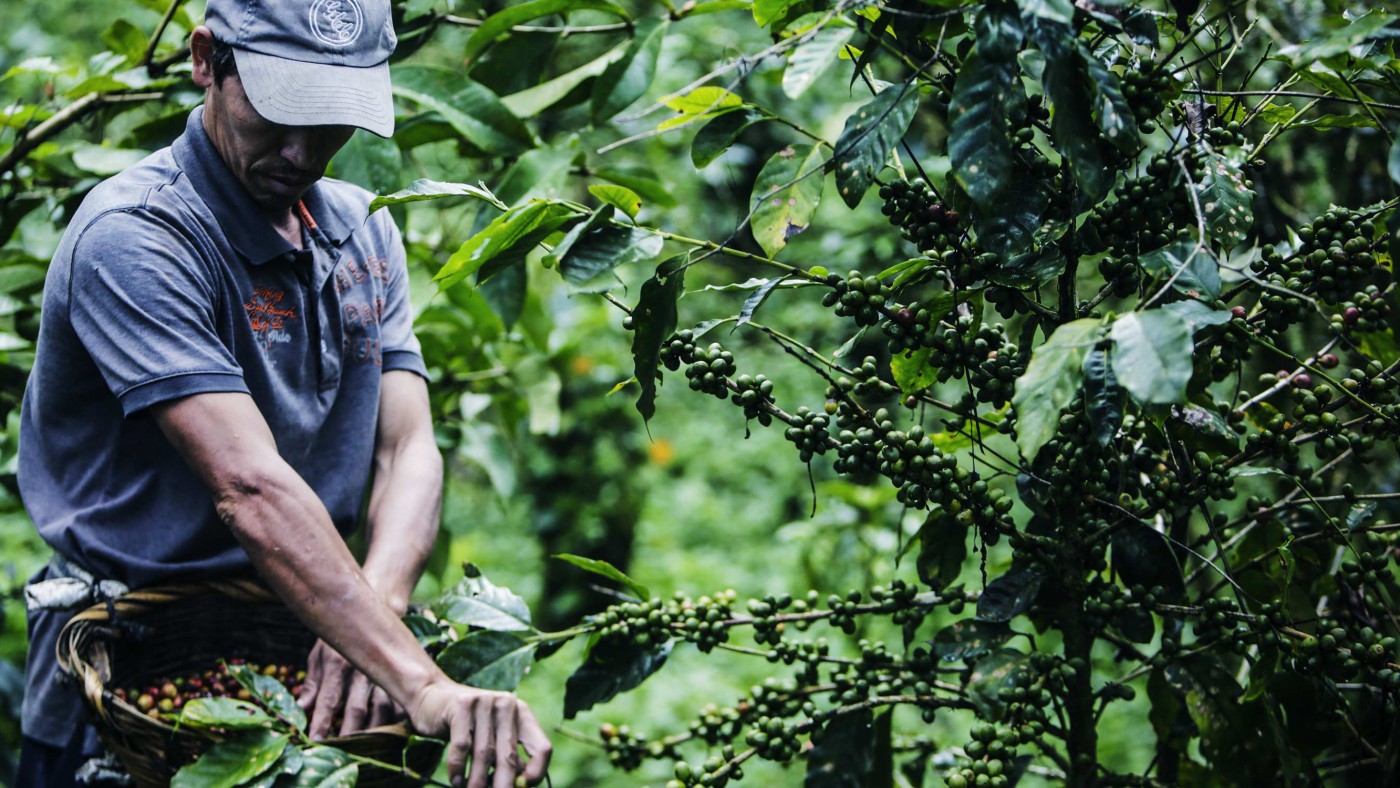As part of his promotion of a more compassionate Conservatism at the party conference last week, George Osborne pledged his commitment to the UK aid budget. There are those who denigrate development finance as a luxury the country can’t afford, but British aid is actually doing some radically enterprising things to lift people out of extreme poverty, as previously explored on CapX.
Although aid, whether it be via the state or civil society, is often seen as a handout, today some of the most interesting help for the world’s poor is coming by combining grants with loans – and it’s the loans that are proving surprisingly popular.
In Nicaragua, Eduardo Gomez, manager of a Hibiscus processing cooperative of smallholders, said using credit was more challenging than using grants, but makes better business sense in the long run. “We value working with credit more than grants because it forces us to be strategic in how we invest the funding, and it has helped us to be sustainable,” he said. “It makes us use the funds rationally and allowed us to be flexible. I see a future where there will be less dependence on donations. If you have your own resources this creates less dependency.”
After Haiti, Nicaragua is the poorest country in the western hemisphere. Smallholder farmers, which make up 90 per cent of the rural workforce, struggle to make enough money to cover basic needs such as food, health and housing. Erratic weather patterns have led to low yields in traditional crops of maize and beans. Harvesting hibiscus has proven to be a more profitable and reliable source of income. The hibiscus flowers can be turned into juice and wine or dried for herbal tea and sold nationally or exported overseas.
Funding for the hibiscus cooperative came from a project called In Their Lifetime which provided not just seed capital but also a flexible loan as the organisation wasn’t able to obtain a credit line from formal lenders. As well as prohibitively high interest rates, finance is often out of reach for asset poor cooperatives with little or no collateral. The “blended finance” approach allowed the cooperative to scale up production while investing in new harvesting, processing, transport and storage facilities. This approach has seen the cooperative create 2,500 seasonal jobs and increase sales by 76 per cent between 2011 and 2013. It’s proved so successful that the cooperative made its first loan repayment this year. By 2016 the cooperative will have tripled the number of small producer families it directly supports to more than three hundred.
Elsewhere in Nicaragua blended finance is also helping coffee growers jump ship to alternative sources of income. Globalisation has seen the Nicaraguan Arabica coffee bean become famous around the world, served in Starbucks and stacked on our supermarket shelves. It is far more highly prized than the inferior Robusta, grown mainly in Vietnam, and usually chucked into run of the mill instant coffee. But the good times for the Nicaraguan Arabica appear to be over as rising temperatures have brought a debilitating fungus known as ‘coffee rust’ to the small farms of Jinotega in Nicaragua’s central highlands. The rust fungus cannot survive temperatures below 10 degrees Celsius, and so it used to only occur below an altitude of 1,300m. Up in the hills, where the coffee farms are, the cold nights kept the disease at bay. But no longer. Only last week the threat posed by climate change to international coffee supply was discussed at the Global Coffee Forum in Milan. Jean-Marc Duvoisin, CEO of Nestle’s Nespresso told Bloomberg: “I visit farms quite often, and the farms are always going higher in the mountains. Warming has a negative impact.”
In Nicaragua, coffee provides 20 per cent of the country’s GDP and nearly a third of its working population depend on it for a living. The Nicaraguan government predicts that, because of falling rainfall and rising temperatures, by 2050, 80 per cent of its current coffee growing areas will no longer be usable. For farmers facing an economic crisis diversifying into cocoa may prove to be a potential lifeline. But for poor farmers it’s not straightforward to simply switch livelihoods and create an industry from nothing. A lack of fixed assets, informal sales contracts and weak investment planning mean lenders view the sector as high risk so there is a lack of short or long term finance available. But Soppexcca, a coalition of 18 grassroots coffee cooperatives containing 650 members, has had significant success selling its high quality coffee around the world, owning its entire value chain from seedling to cup. With the help of blended finance it is now trying to do the same for cocoa. The new project is ambitious and aims to use combined grant and loan funding from the Inter-American Development Bank to develop the value chain and promote a ‘Cocoa of Excellence’ programme raising the international profile of Nicaraguan cocoa as has been achieved with coffee. By 2018 it plans to have increased the annual income of beneficiary producers by 25 per cent, helped 400 famers diversify their incomes with cocoa and created 700 new jobs. In just three years it is forecast that Soppexcca will have created a cocoa business from scratch with a total sales revenue of $280,000.
There will always be cases where traditional grant support is needed and the way that is being delivered is improving. But where there are viable businesses, using the power of affordable credit to unlock profit making potential can create long term, sustainable solutions to poverty. In the process we can ensure some of the world’s poorest people are included in profitable markets, empowering them to make the most of their resources in their battle to build more resilient livelihoods.


